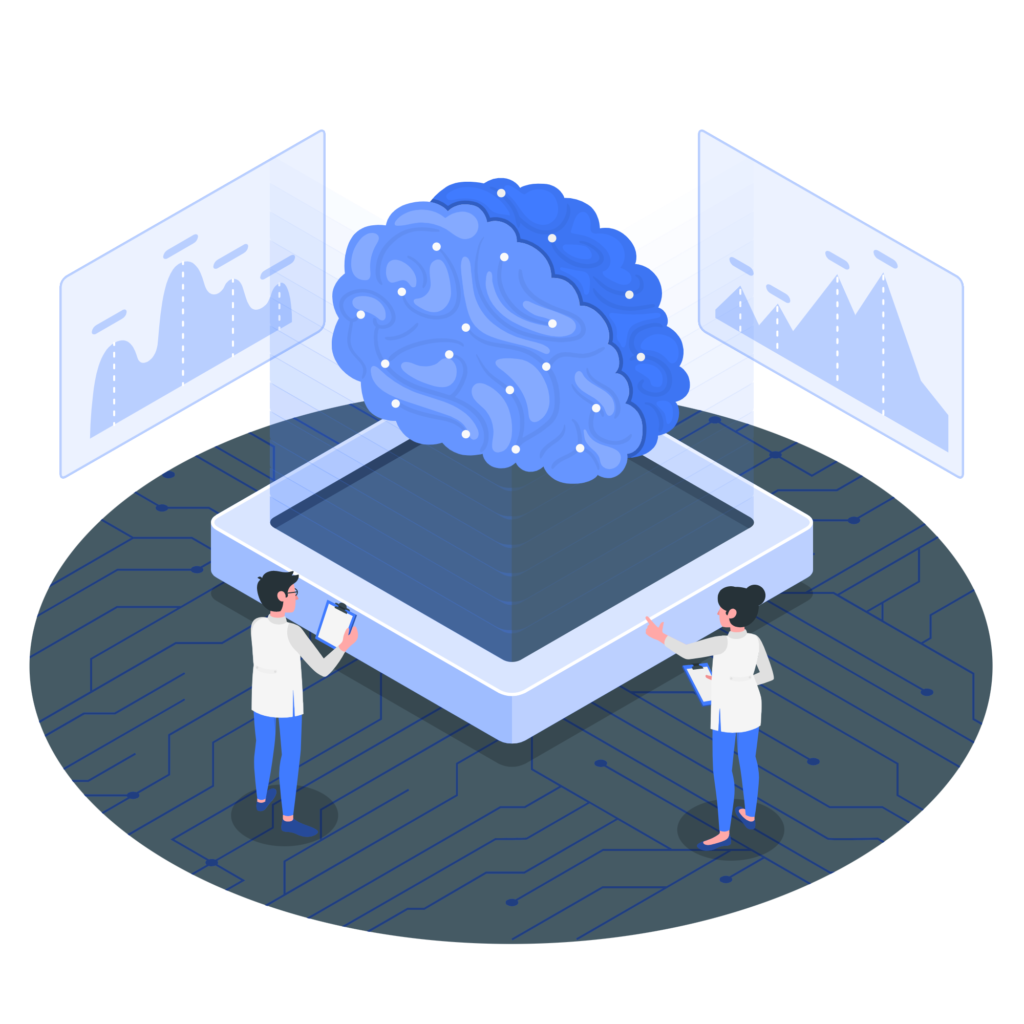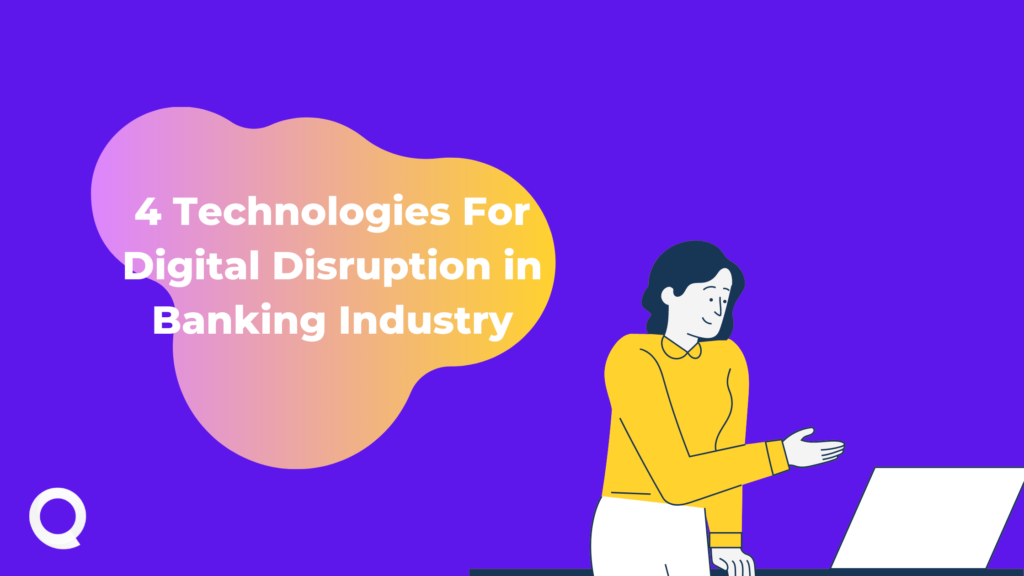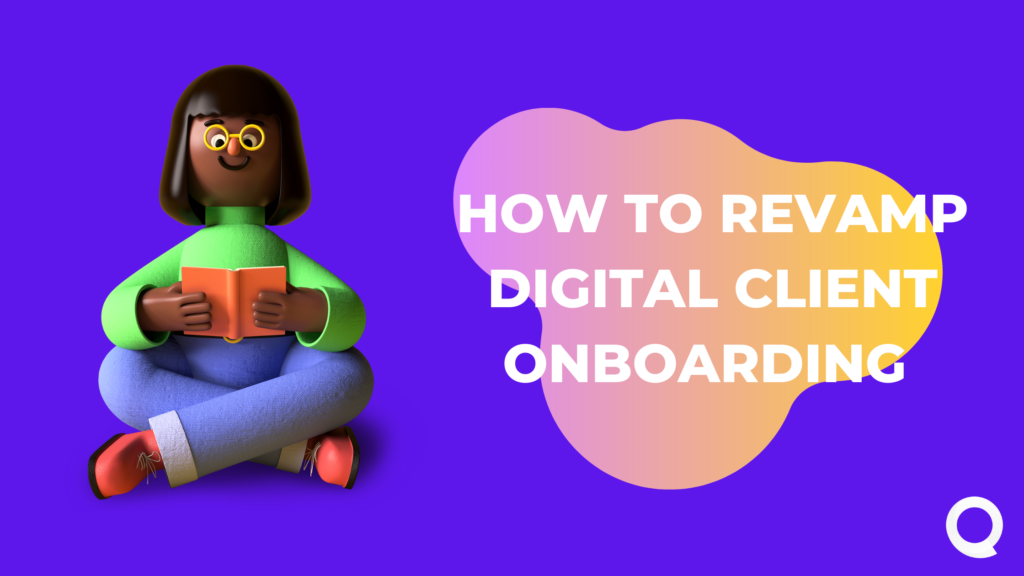The impact of the fast-changing digital world, with new technologies making their way into every part that can be seen in almost every area of our lives. Banking and finance are most affected by this digital transformation. Payment solutions, lending, credit settlement, and other banking services are being transformed by digital competitors.
The banking services industry is undergoing so many levels of digital change, which has only been increased by the COVID 19 outbreak. As individuals throughout the world stayed at home and avoided public locations, banks moved to digitize both their back-office procedures and client services in order to continue essential banking transactions. As a result, four important devices have been developed that are transforming the banking system.
Mobile generating vast amount of fresh data

Prior to the pandemic, the financial services industry was working hard to promote the use of its mobile channels. Many banks have mobile applications, but few used them to their full potential. Today, almost 170 million people in the United States utilize mobile banking. By fully using the mobile channel, financial institutions now have access to considerably more data than ever before, which they can utilize to better identify and block cyber attacks and fraud attempts in real-time.
Banks may gather real-time data on clients and transactions, as well as their behaviour, surroundings, location, biometric data, and so on, via the mobile channel. They can even utilize the phone’s Bluetooth to find additional linked devices in the location of the consumer. All of this information helps banks to obtain more detailed information about their clients as well as the essential backdrop of the surrounding events.
A bank, for example, may know exactly where the transaction is taking place: in the customer’s house or at a suspicious area, such as a foreign country. With the new large volume of data made available by mobile devices, banks can benefit from understanding every session and transaction in real-time, allowing them to detect and prevent fraud before it occurs, which was previously impossible.
AI distinguishes between signal and noise

Most financial institutions had consumer data spread across several systems in layers, in which gathering useful data is a time-consuming and difficult task. As data volumes grew, banks began to use artificial intelligence and machine learning (ML) technology to undertake large-scale real-time data analyses. Currently, more than 75% of significant banks are adopting AI initiatives. Banks used to depend on a manual assessment of transactional data to detect fraud.
It is now difficult to do it manually due to the high amount of data. Instead, advanced AI and machine learning (ML) technology solutions are employed to fully automate procedures based on accurate risk assessments. This decreases the number of files for human assessment by anti-fraud teams significantly. These tools enable anti-fraud teams to be more flexible and detect fraud faster. The entire potential of artificial intelligence and machine learning in banking is only now becoming clear. Most banks now utilize these technologies only to detect fraudulent activity and assess risk. They will use artificial intelligence and machine learning to automatically respond to and resolve fraud, allowing them to provide faster responses to clients.
Blockchain making autonomous identities possible

Block chain has the ability to completely change who controls our Personally Identifiable Information (PII) and make financial institutions and internet transactions far more trustworthy. Block chain can help in the verification of a person’s identification, allowing customers to build a verified digital identity that they can use with any online institution. Block chain can also give people control over personal information digital identification by using public-key cryptography and referencing a person’s verified credentials on a trustworthy system.
Consumers may protect their credentials and utilize them as digital evidence anytime their bank or another internet provider required them to authenticate their identity. They also have the option to withdraw access at any moment. Block chain architecture on the internet would provide users with a portable identity to use in digital channels, as well as complete control over the exposure of their personal information. It can help in the prevention of fraudulent payment transactions. Currently, if a transaction is claimed as fraud, there is nothing a corporation can do to establish it is real, resulting in billions of dollars in losses due to chargeback each year.
Banks and other companies could prove who made the transaction and significantly minimize chargeback if each customer has validated their digital identity, which was all protected on a trustworthy block chain. Large-scale block chain infrastructure has been slow to gain support, but with the rising popularity of crypto currencies, block chain will become more mainstream in the near future. Currently, 70% of banks worldwide are experimenting with licensed block chain.
Identity fraud can be avoided with digital identity verification

Surprisingly, even in the digital era, 51 percent of North American banks still need customers to visit a branch to verify their identity when creating a new account. Only 16% are implementing modern technology that allows for a safe and totally digital account opening procedure, but this is fast changing. Today, both digital channels and in-person interactions use next-generation identity verification techniques such as biometrics and verified face matching.
Consumers can use a mobile device to scan their ID card and capture a video or picture to show that they are the person depicted on the ID card. Digital identity validation keeps banks accessible during the crisis and in the future by providing a faster, easier, and totally digital way to open new accounts, as well as putting a stop to application fraud in banking services.
Read More: Automate 10 Important Process To Offer Digital Banking Of Future
Conclusion
Over the last year, the banking services industry has achieved huge progress in digital transformation by using mobile devices, artificial intelligence, block chain, and digital identity verification. However, there are other additional undiscovered opportunities for banks to use these technologies to simplify services and compete successfully. These technologies will enable businesses to provide a better customer experience, reduce online fraud, offer customers greater control over their sensitive data, and help us all protect our online identities, whether in banking services or other industries.


